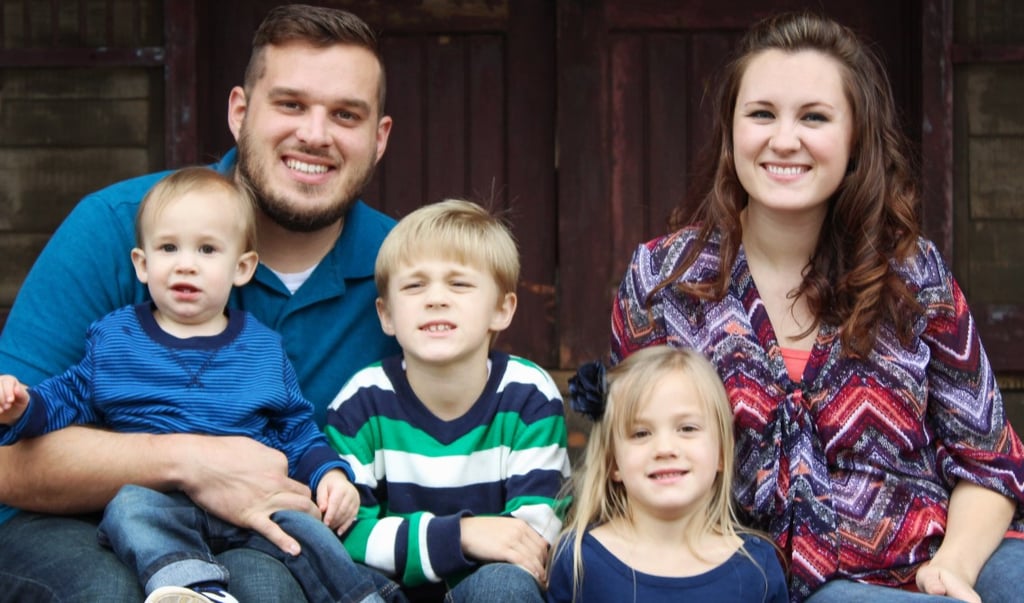Feb 27, 2017 | Native Hope
In the United States, a person dies from suicide every 12.3 minutes. The suicide rate among American Indian/Alaska Native adolescents and young adults ages 15-24 is 1.5 times the national average. Then, there’s the increasingly widespread issue of self-harm. A recent article in the Bismarck Tribune states, “Cutting, or self-harm, is practiced by people of all ages and races, but anecdotal evidence suggests that cutting is becoming more prevalent among Native American youth.” Since self-injury frequently occurs in private, rates of self-harm are difficult to determine. Therefore, estimates can vary widely from 3% to 38% in adolescents and young adults.
These statistics are disheartening. It’s easy to get caught up in the alarming numbers, forgetting that each number represents a beautiful, living, breathing life. A life full of potential and possibility, that has either taken action on thoughts of suicide or lives in a perpetual world of self-harm.
The journey begins
This is a fact that Amanda Hadden knows all too well. About five years ago, she and her husband made the decision to move their family from Georgia to the Pine Ridge Indian Reservation in South Dakota, having fallen in love with the people and culture of the area during a previous visit. Eventually, she and her husband became the head pastors of Sharps Corner Church and helped start the Chankü Wastè Ranch for kids, which provides a free day camp open all summer long as well as weekend camps during the winter months, full of fun games, sports, and cultural activities.

As Amanda became more involved with the Native American youth on the reservation, specifically the young girls, she began to realize the turmoil they were facing on a daily basis—one of self-doubt, anxiety, tumultuous relationships, volatile home lives, and a deep inadequacy of self-worth. “Working with teen girls on the reservation, we have had many conversations about self-harm and suicide,” she states.
However, she continues, “One thing that is often forgotten is the beauty of the Lakota culture and all Native people; it is often overshadowed by the negative. People that come to the reservation have read about the alarming rate of suicides and have become aware of the battle against self-harm. Most of them have returned home and have had the courage to start the conversation of self-harm in their own churches, schools, families, and among their friends, only to realize this is a worldwide issue that is not addressed enough.”
Heart-wrenching loss
Amanda remembers vividly the day her whole world changed. She recalls, “On March 11, 2015, we lost Harlie, a beautiful young 16-year-old we had gotten to know and love, to suicide. That is a day for us that will remain in our thoughts forever. That day, we weren’t outsiders. We weren’t just people who lived here to serve. We were family. We grieved. Our hearts broke along with the friends we had come to love.”
Recounting her level of grief, Amanda continues, “This is the greatest loss I have experienced to this day. In our last conversation, I remember telling her that she was strong and that I was so proud of her for fighting thoughts of not being able to go on. We had made plans for her to come over that Friday with the other girls. Then it changed. The moment we found out that she was no longer with us, my world shook. The pain we felt was like nothing we had experienced.”
“My heart ached for her family and friends, those who were closest to her. I wanted to go back and say the right thing. I wanted to go back and not brush it off. We can’t go back. And we can’t dwell on what could have been. We can only move forward. Stronger. Braver. With a profound love for one another and the desire to make a difference.” It was through this journey of grief that Amanda caught a glimpse of hope for the future, and the idea for the Adorned Campaign was born.
Hope through the grief
Wrecked by the devastation of losing Harlie, Amanda knew she needed to do something to reach out to the other young girls in the community. “When we lost Harlie to suicide," she says, "it changed us. And I knew that we had to do something for her and the other girls in our community, for my own daughter, and anyone who has ever doubted themselves.”
The vision of the Adorned Campaign is “to bring awareness to the issues that face teens not only on Pine Ridge Reservation but all over the world. We provide suicide prevention resources, bring much needed attention to youth mental health, and support teens with tools and life skills to make healthy decisions.” Through the campaign, they also “partner with local schools to discuss tough topics in a safe way. In opening up these conversations, we believe prevention is the best way to combat the epidemic of these issues in communities all over the globe.” (Read part 2 of the journey here)
All of us at Native Hope firmly believe in the power of collaboration, supporting one another as we seek to significantly impact Indian Country with the message of hope. It truly takes all of us working together to make a tangible difference in the lives of our Native American youth.
COMMENTS